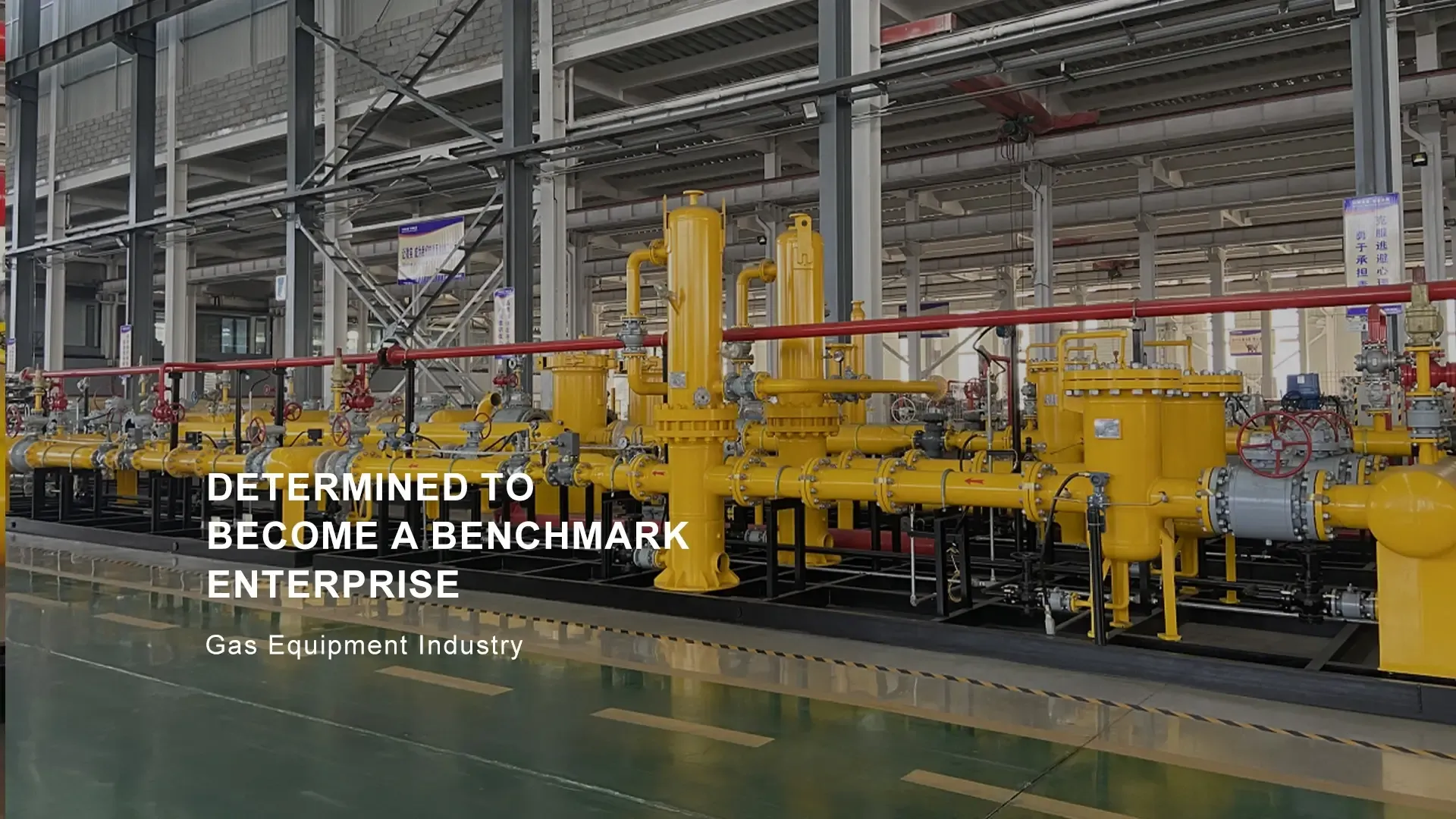
Nov . 20, 2024 10:00
Back to list
gasification equipment
Gasification Equipment Transforming Waste into Energy
Gasification is a thermochemical process that converts organic or fossil-based materials into carbon monoxide, hydrogen, and carbon dioxide. The process occurs at high temperatures, typically between 700°C and 1,500°C, in the presence of a controlled amount of oxygen and steam. The end products of gasification can be utilized for various applications, including electricity generation, synthetic fuels, and chemical production. This innovative technology plays a significant role in waste management and energy production, especially in an era focused on sustainability.
Types of Gasification Equipment
Gasification equipment varies widely based on the feedstock being processed, the desired end product, and the specific technology employed
. Common types of gasification reactors include fixed-bed, fluidized-bed, and entrained-flow gasifiers.1. Fixed-Bed Gasifiers This type utilizes a stationary bed of solid feedstock. It can operate in either updraft or downdraft configurations. In updraft gasifiers, the air and steam flow upward through the feedstock, while in downdraft gasifiers, the gas flows downward. Fixed-bed gasifiers are relatively simple in design and are often used for biomass and coal feedstocks.
2. Fluidized-Bed Gasifiers These reactors use a bed of sand or other materials that are fluidized by the upward flow of gas. This arrangement allows for better mixing and heat transfer, leading to higher gasification efficiency. Fluidized-bed gasification is well-suited for a variety of feedstocks, including biomass and industrial waste.
gasification equipment

3. Entrained-Flow Gasifiers Operating at high pressures and temperatures, entrained-flow gasifiers are designed to process finely ground feedstock. The feedstock is introduced into a high-temperature gas stream, resulting in rapid gasification. This type is particularly effective for converting coal and petroleum into syngas.
Applications and Benefits
The syngas produced from gasification can be used in several ways. It can be burned to generate electricity, used as a heating fuel, or converted into chemicals such as methanol or synthetic natural gas. The versatility of gasification equipment supports the transition to a circular economy by enabling the recycling of waste materials into valuable resources.
Additionally, gasification contributes to reducing greenhouse gas emissions by lowering reliance on fossil fuels and enabling carbon capture technologies. The process also helps divert waste from landfills, reducing their environmental impact and promoting resource recovery.
In conclusion, gasification equipment plays an essential role in modern waste management and energy systems. Its ability to convert a wide range of feedstocks into useful energy forms underscores its importance in achieving sustainable development goals and transitioning to a cleaner energy future. As technology continues to advance, the potential for gasification to contribute significantly to energy production and waste management will only increase.
Next:
Latest news
-
Safety Valve Spring-Loaded Design Overpressure ProtectionNewsJul.25,2025
-
Precision Voltage Regulator AC5 Accuracy Grade PerformanceNewsJul.25,2025
-
Natural Gas Pressure Regulating Skid Industrial Pipeline ApplicationsNewsJul.25,2025
-
Natural Gas Filter Stainless Steel Mesh Element DesignNewsJul.25,2025
-
Gas Pressure Regulator Valve Direct-Acting Spring-Loaded DesignNewsJul.25,2025
-
Decompression Equipment Multi-Stage Heat Exchange System DesignNewsJul.25,2025

